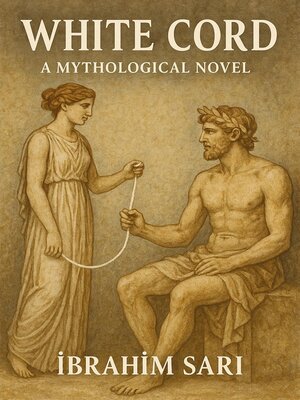
Sign up to save your library
With an OverDrive account, you can save your favorite libraries for at-a-glance information about availability. Find out more about OverDrive accounts.
Find this title in Libby, the library reading app by OverDrive.



Search for a digital library with this title
Title found at these libraries:
| Library Name | Distance |
|---|---|
| Loading... |
White Cord is not a tale of thrones and dragons, but a civic fantasy where myth becomes furniture, rules become tools, and power is measured at child-height.
In this visionary novel, author İbrahim Sarı invites readers into a world built on visible promises and shared craft. The story begins with Arel, "Child of the First Light," who learns that beginnings do not have to become banners. Around him gather nine companions—Mira, Lira, Selin, Nora, Kael, Elira, Darin, Ravos, and Thalos—each embodying an element of public life: memory, speech, water, earth, fire, wind, shadow, war, and time.
Together they do not conquer empires or slay monsters. Instead, they build civic tools: white cords tied at child-height, soup pots where errors are fed, bells that mark time with Begin / Pause / Enough. Crowns become hooks, victories become chores, and miracles are welcome only if they accept real work.
The novel is arranged like a manual of myth—five parts, ten chapters each—where every ending offers both a mythological note and an author's reflection. At its heart lies a wager: that civilizations fail not for lack of heroes, but for lack of shared craft—visible, humble, and repeatable practices that keep communities alive.
Across ridges, bridges, and the ellipse of sky, readers will discover a city called Cordrest, where laws are carved into stone instead of faces, authority always expires, and every "Later" must wear a date. The recurring figure who "prefers edges" threatens to turn appetite into spectacle, yet the answer is never a larger miracle but always smaller, public craft.
White Cord promises a unique reading experience: part myth, part philosophy, part visionary handbook for societies that want to endure. It is both a novel and a guide—an exploration of how wonder can be seated at a table, and how power can return to the people who use it.
If you are drawn to literary fantasy, political allegory, visionary metaphors, and stories that blend myth with social imagination, this 628-page novel will resonate deeply. It is a book to be read as story, remembered as philosophy, and used as furniture for the shared rooms of life.







